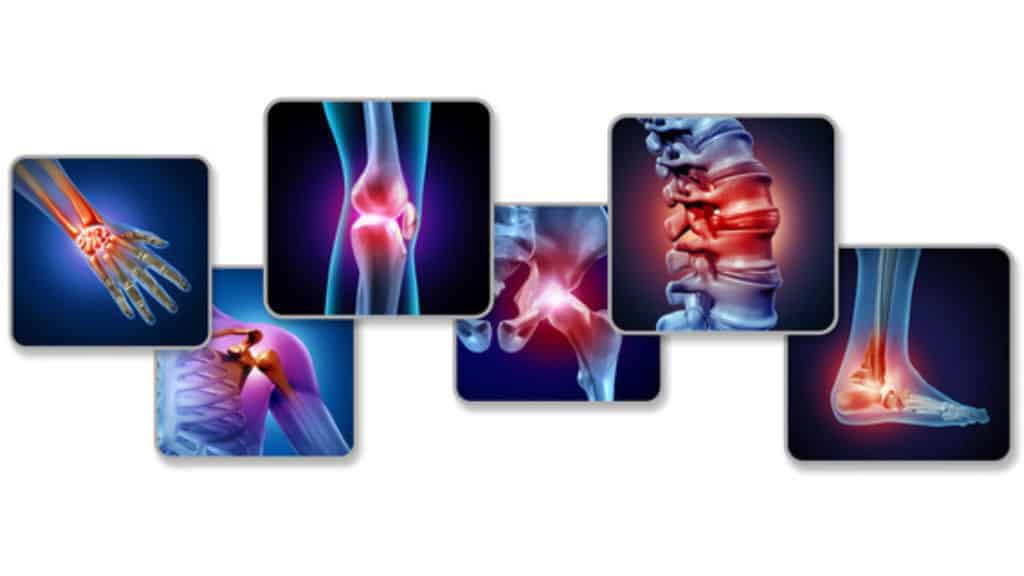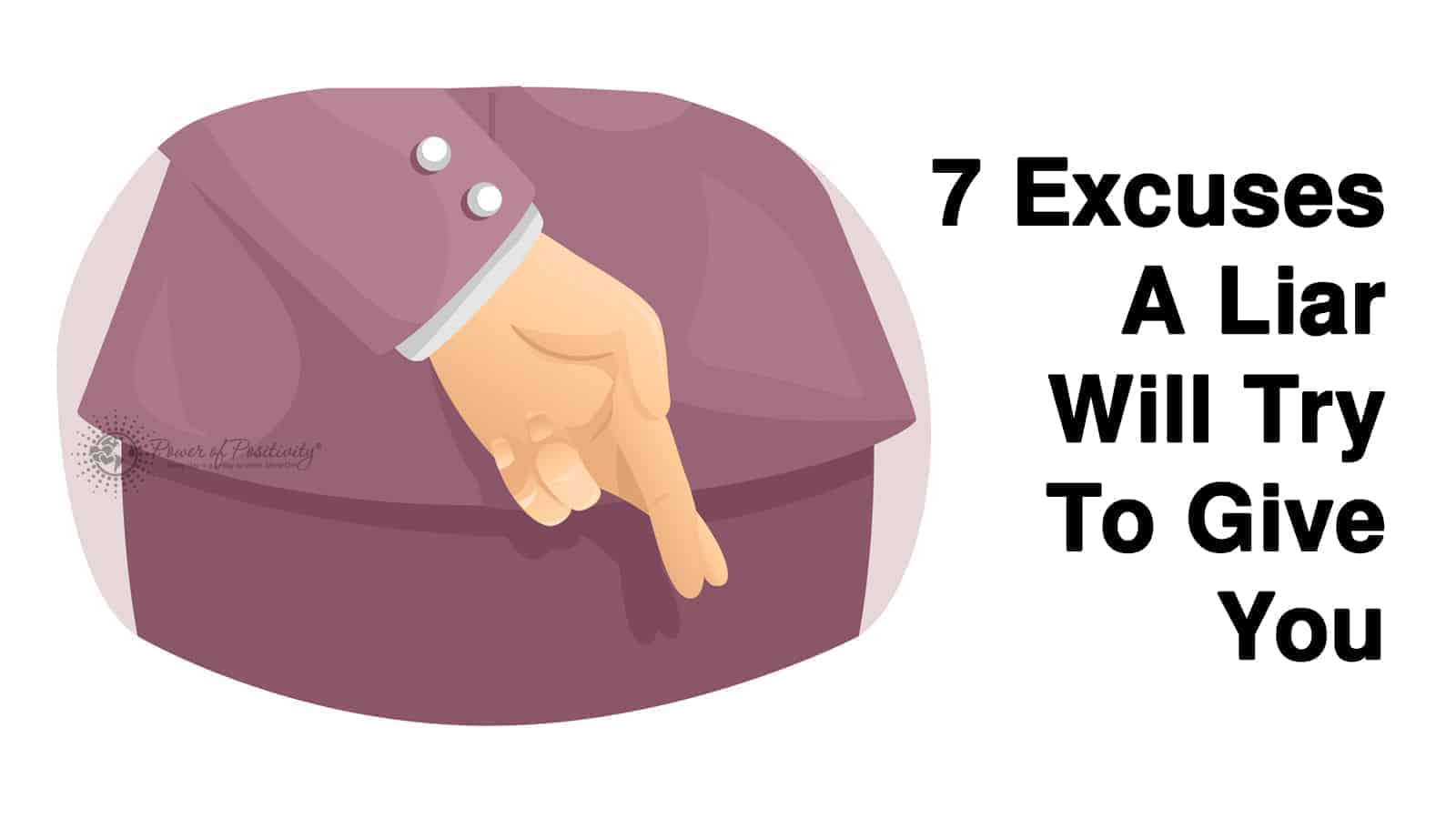So you’ve suffered an injury from exercise or developed an aging-related condition. You fear that the doctor will insist on surgery to relieve your pain. Thankfully, though, physical therapy is one of the first recommendations that doctors promote to heal patients. Looking for physical therapy Roanoke contact Roanoke Rehabilitation & Wellness.
Surprisingly to most people, many conditions respond very well to this method of treatment. And that helps them to avoid pain-killing medications or surgeries. So today, we’ll outline who should see a physical therapist and what injuries or conditions respond best to this type of treatment.
What is Physical Therapy?
First, let’s examine who should consider physical therapy (PT) as a treatment option. Those who have injuries that affect the musculoskeletal system enjoy the most significant benefits of this type of treatment. Those who have suffered from a stroke often benefit tremendously from PT as well, especially if they have experienced paralysis in a limb.
Patients diagnosed with Parkinson’s disease or Multiple Sclerosis also see significant improvement as a result of physical therapy. Anyone, including infants and the elderly, can seek this form of treatment. PT helps to prevent or at least lessen the effects of muscle atrophy in patients. Those who have suffered major wounds or burns that impact one’s movement are also prime PT patients.
In other words, most anyone with any condition or illness can benefit from physical therapy.
Physical therapy exists in many forms. Subgroups of PT include the following practices:
- Orthopedic PT, which focuses on getting joints moving once again
- Pediatric PT, which is particular to infants, children, and adolescents
- Cardiovascular and pulmonary rehabilitation, which helps patients recover from heart disease and to increase their cardiopulmonary function
- Wound care therapy, which includes treatment for those who have been burned and underwent skin graft surgery. Wound care therapy may consist of manual therapy, which aids the patient in re-learning how to move after a significant injury or burn, electrical stimulation to the affected area(s), and compression therapy.
Now that you understand what physical therapy is and who can benefit from this practice, we can now begin to explore ten conditions and injuries that benefit from this form of treatment.
Conditions That Benefit From Physical Therapy
This list includes a combination of circumstances that arise from either sports injuries or the aging process. Regardless of the cause, patients are relieved to try physical therapy and avoid a long recovery from surgery.
1 – Herniated Disc
Physical therapy is often a step in the prevention of surgery when treating a herniated disc. First, PT can provide almost immediate relief for painful herniated discs. A therapist may utilize passive therapy, such as TENS (a form of electrical stimulation) or hydrotherapy.
Conversely, the therapist may also incorporate a physical activity regimen. This routine will be developed by the therapist utilizing both passive and active therapy. Finally, treating a herniated disc with PT is an excellent option because activity typically strengthens the muscles around the affected disc, further alleviating pain.
2 – Plantar Fasciitis or Heel Spurs
Plantar Fasciitis (and the related heel spur) is a painful condition of the foot. However, treatment with PT is often highly effective. Indeed, most physicians will use this as a first line of alleviating a patient’s Plantar Fasciitis. Often, simple stretches and massaging the affected area will help to lessen the pain of this condition. The therapist will typically teach a patient what exercises to do daily to treat Plantar Fasciitis, and the patient can repeat these as necessary.
3 – Lower Back Pain
Lower back pain isn’t always the result of a herniated disc, but the benefits of PT for the condition are often the same. Many spinal physicians will recommend PT for lower back pain before trying any other type of treatment. One who undergoes physical therapy for lower back pain experiences decreased pain and increased function of the affected area.
Furthermore, the patient is often put on a maintenance program by the therapist to provide healing to the area after the initial therapy is complete. Therapists will typically work to strengthen the lower back as well as stretch the involved muscles for immediate pain relief.
4 – Tendinitis or Tendonitis
First, let’s establish the difference between those two conditions (yes, they are separate conditions). Tendonitis is considered a chronic problem (meaning it is ongoing). Tendinitis is known as an “acute” issue, meaning it is sudden and often short-lived. Whether you are affected by either a chronic form of pain or one that is sudden. Thus, you can utilize physical therapy to correct the problem.
Tendonitis can occur anywhere in the human body, but typically it occurs in the joints (the knee, elbow, shoulder). Often, physicians initially treat cases of tendinitis with RICE – Rest, Ice, Compression, Exercise. The same therapy would be recommended for a chronic case of tendonitis. The exercises would be determined by a physical therapist, and any maintenance exercises or stretches would also be a part of a patient’s PT.
5 – Tennis Elbow/Golf Elbow
Tennis elbow is often the result of repetitive movements that cause inflammation in the elbow. Golf elbow is, by definition, much the same. The only variation in the conditions is the location of the inflammation.
With tennis elbow, the tendon on the outside of the joint is inflamed (this is the outer epicondyle). With golf elbow, the medial, or interior, epicondyle is the area that experiences inflammation. Regardless, sports medicine can help to lessen the swelling and pain associated with these similar conditions.
The physical therapist may suggest a RICE regimen. Ice compresses will naturally lessen the inflammation in the elbow. Once the inflammation is under control, the patient can begin a regimen of exercises or stretches that will strengthen other muscles and tendons to treat and prevent further episodes of tennis elbow or golf elbow. Activities that improve the motions of the elbow will help to alleviate this typically temporary condition.
6 – Sciatica or Other Pinched Nerves
If you’ve ever experienced the burning agony of sciatica, you might be surprised to learn that physical therapy, mainly stretches, can significantly reduce this condition. Sciatica is another condition arising from inflammation, and PT can lessen the swelling that presses on the sciatic nerve.
A pinched nerve can occur anywhere on one’s body, and sciatica is a form of a pinched nerve in the back. When treating sciatica, a physical therapist will prescribe dances that loosen the gluteus maximus and piriformis muscles to alleviate the pressure on the sciatic nerve. Often, therapists will start by applying heat to the affected area, then asking the patient to perform stretches that loosen the muscles, as mentioned earlier.
Physical therapy also treats other pinched nerves in much the same way that it can handle a case of sciatica.
7 – ACL Tear
Physicians will usually order a round of exercise therapy before recommending surgery when individuals tear the ACL (anterior cruciate ligament) tendon in their knees. PT often strengthens the quadricep muscles in one’s affected leg, and this helps to alleviate pain from the ACL tear. PT will also improve the patient’s range of motion. These exercises can help the patient to heal. If your damage is severe enough that you must use crutches to get around, the therapist will help the patient to learn how to utilize that support device. You’ll hear them refer to this as “gait training.”
The therapist will also recommend RICE (rest, icing, compressing, and elevating), and he or she may also utilize electrical stimulation to strengthen the major muscles of the leg.
8 – Rotator Cuff Injury
Physicians usually recommend PT as an initial treatment for rotator cuff tears. Although some experts contend that PT will not fully heal a rotator cuff tear, many patients have avoided surgery with a regimen of PT. Even so, the benefits of PT are so numerous that therapists can help patients to avoid surgery.
PT works to strengthen smaller muscle groups. It also improves the overall mechanics of the shoulder joint. This enhances the range of motion of the shoulder. It also promotes flexibility of the shoulder. When the therapist implements isometric exercises in the treatment regimen, the shoulder joint is then better able to allow the rotator cuff tear to heal on its own.
9 – Bursitis and Osteoarthritis
PT often treats forms of bone and joint pain, such as bursitis and osteoarthritis. Spondylosis is another form of joint pain in the spine, and it can also alleviate the pain associated with this debilitating disease.
As with other skeletal conditions, PT strengthens the muscles that surround the affected joints to alleviate the pain therein.
9 – Spinal Stenosis
Spinal stenosis is a narrowing of the interior of your spinal column. This narrow passage occurs most frequently in conjunction with osteoarthritis or from the natural aging process. Because surgical intervention for Spinal Stenosis is somewhat invasive, doctors will first recommend physical therapy to lessen the impact.
10 – TMJ
Those who have TMJ are often delighted to learn that they can try physical therapy to alleviate this uncomfortable joint pain. This form of natural treatment also prevents many patients from having to undergo surgery or take medications. A 2018 publication hails physical therapy as “one of the most effective conservative treatments for temporomandibular disorders.”
Sadly, though, the same paper describes a dilemma–41% of the dentists that they surveyed knew about this treatment option. So if you suffer from TMJ, ask your dentist specifically to help you learn more about receiving physical therapy.
 Final Thoughts: Your Doctor Might Overlook Physical Therapy
Final Thoughts: Your Doctor Might Overlook Physical Therapy
Physical therapy delivers natural, healthy benefits for a wide range of physical ailments and athletic injuries. Do not assume that your doctor will recommend it as a first treatment, though. Open a frank discussion about all your options with your physician–and inquire if this treatment could be the best alternative for you.



















